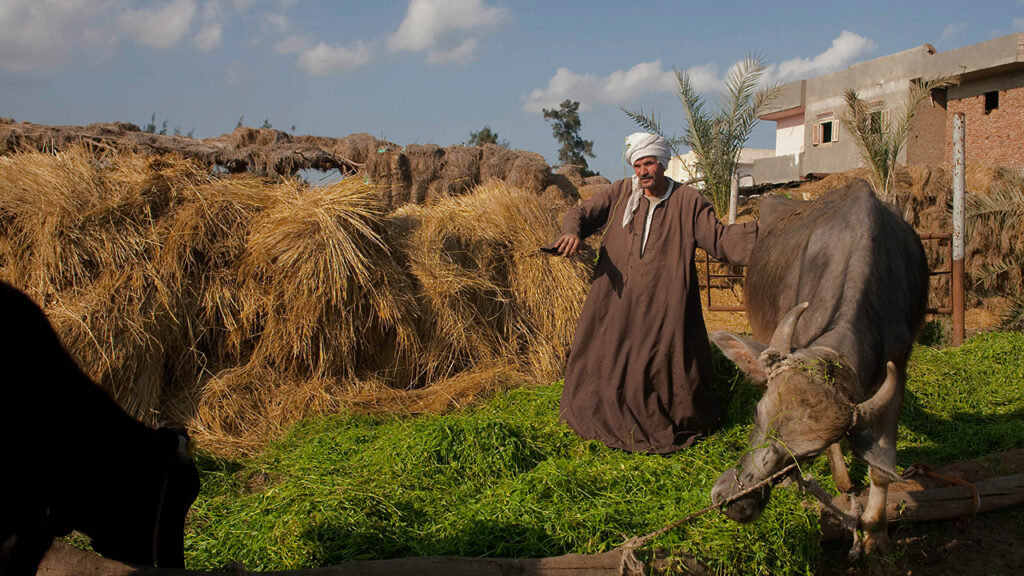
AMR Messaging Guide
Essential messages about tackling the crisis of
antimicrobial resistance
Antimicrobial resistance (AMR) is a complex threat that occurs when bacteria, viruses, fungi, and parasites evolve, making infections harder to treat and increasing the risk of disease spread, severe illness, and death for humans, animals, and even plants.
Communications are key to both understanding and solving the AMR challenge. Click the images below to explore the AMR Messaging Guide.
Awareness Raising and Societal Engagement
Implementing effective AMR approaches requires proper education and community involvement.
Data, Surveillance, and Monitoring
Measuring and achieving progress on the antimicrobial resistance emergency will require better data from across sectors.
Financing
More sustainable investment is needed across AMR activities, including R&D and implementation of national action plans.
Governance and Coordination
Effective multisectoral governance and coordination mechanisms are required to address AMR at all levels.
Mortality
Urgent action on AMR is needed to save millions of lives from drug-resistant infections.
Research & Development
Governments and philanthropies should implement incentives to replenish the clinical pipeline of antibacterial products and promote continuous innovation and research & development, public private partnerships, stewardship, and access globally.
Stewardship, WASH, Infection Prevention and Control
Prevention should underpin the AMR response across sectors.
Sustainable Access to Antibiotics, Vaccines & Diagnostics
People facing the highest risk of infection and rates of drug resistance have the most difficulty getting the antibiotics, vaccines, and diagnostics they need.
Sustainable Development & AMR
AMR is a serious challenge to attaining the sustainable development goals and other health and development goals.